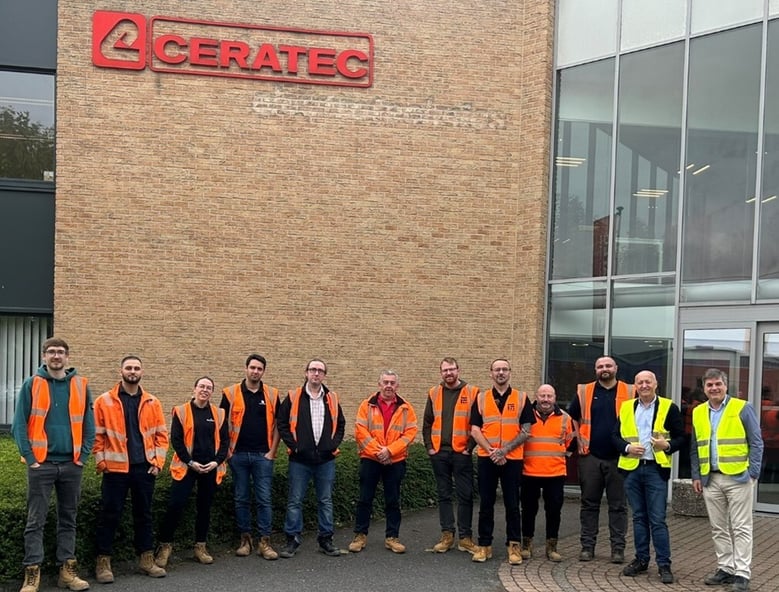-1.png?width=1400&height=700&name=-%20Blog%20post%20(11)-1.png)
Written by Steven Godfrey, Deputy Chair of the HCTa
Introduction
I’d like to begin by extending a sincere thank you to the Pottery Mechanics Institute (PMI) for sponsoring the HTCa Study Tour of Holland and Belgium. It was a fantastic opportunity to step away from the day-to-day and explore how heavy clay manufacturing is approached elsewhere in Europe. The tour focused on technical learning and best practice sharing, particularly within the brick and tile industry. We visited key suppliers in the region and engaged in open discussions with others in our sector, including some competitors, which led to truly insightful conversations.
We would like to extend our sincere thanks to the sponsors of the study tour: De Boer, Lingl, Pacific 7, Ceratec. Their support made this valuable experience possible. We also thank the companies that provided delegates for the tour: Forterra, Wienerberger, Ibstock, MBH, and Lingl. Their participation and contributions were instrumental in the success of the trip.
Tour Overview
We kicked off the week at Forterra Kings Dyke in Peterborough, a fitting starting point that allowed us to gather as a group before heading abroad. Kings Dyke is a cornerstone of the UK brick industry, and beginning the tour there reminded us of our roots and what makes British clay manufacturing distinctive. For many of us, it was also the first time seeing a semi-dry press in operation.
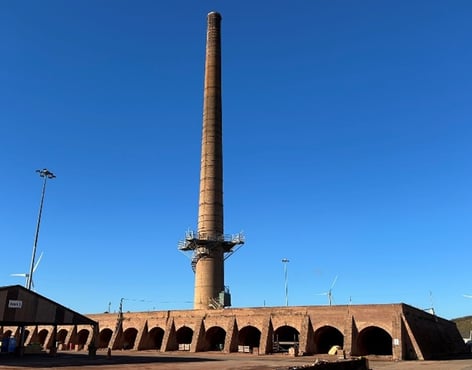
From Peterborough, we travelled to Ghent to begin a packed schedule of visits across Belgium and the Netherlands. Our first continental stop was DeBoer Machines in Wijchen, renowned for their high-quality press manufacturing. Witnessing their machinery in action was fascinating. Their precision, efficiency, and design excellence were immediately apparent. It was a clear demonstration of how European manufacturers are leveraging automation and engineering innovation to optimise performance.
Next, we toured Wienerberger Aziwijn, one of the most advanced brick factories in the Netherlands. The creativity embedded in their operations and the seamless integration of technology throughout the plant were impressive. Their approach to product development and their willingness to challenge conventional ideas of what a brick should look like offered plenty of inspiration, especially around englobing and printing technologies.
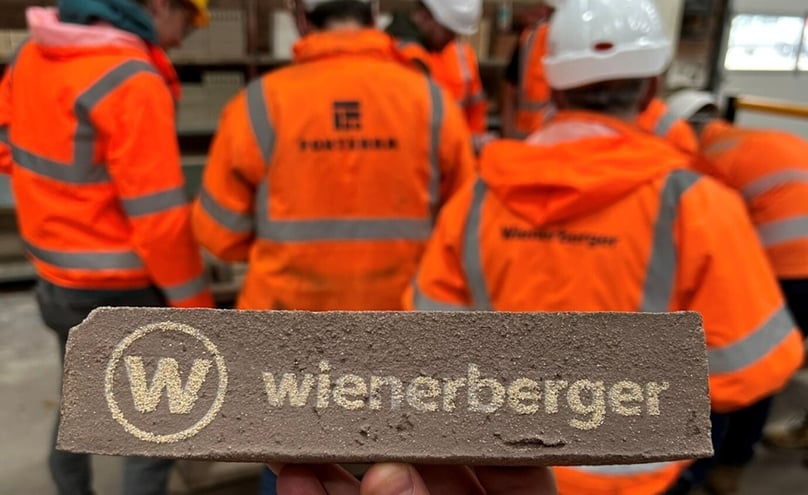
At the Caprice Factory, we saw a standout example of maintenance done right. The plant was running a DeBoer press over 50 years old, yet it operated as if brand new. It was a powerful reminder of the impact that proper cleaning, maintenance, and care can have on machinery longevity and performance. The factory itself was run with efficiency and pride in both workmanship and output.
We then visited Vandersanden in Tolkamer, a paver factory that was new to all of us. While the process and product felt familiar, there were subtle differences that made the visit particularly interesting. Their ability to manage production flow while maintaining high quality standards offered a fresh perspective on the diversity within the heavy clay industry.
Crossing back into Belgium, we toured Wienerberger Pottelberg, a roof tile factory operating on a completely different scale. The sheer size of the operation was striking, from the layout of the production line to the efficiency of their processes. It was a compelling example of what can be achieved through strong leadership and deep technical expertise.
Reflections from Sam Young, Manufacturing Management Trainee – Ibstock:
“The study tour broadened my understanding of clay product manufacturing and offered valuable insight into the European market, which features a far wider range of products than the UK’s more conventional offerings. The Wienerberger Pottelberg Tile Factory stood out to me, especially for their in-house solutions to challenges we would typically outsource. It was refreshing to see.
I was particularly interested in the tile manufacturing process, which combined both extrusion and pressing.”
Our final technical visit was to Ceratec, specialists in automation and engineering solutions. This was one of the most forward-thinking stops of the week. We toured their prefabricated wall factory and saw how advanced automation and robotics can enhance safety, quality, and output. It was a perfect illustration of how technology and craftsmanship can work hand in hand.
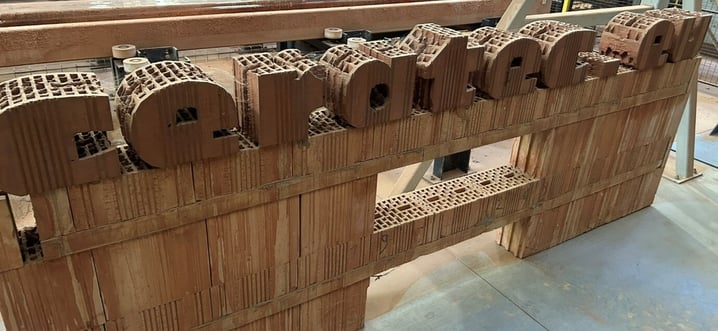
Sam also noted: “The Ceratec prefab wall plant caught my attention due to its raw and practical approach, especially the use of a water jet cutter. This felt unique, given the limited demand for such products in the UK. Across all the factories and suppliers we visited, one common theme emerged: circular waste management. It’s something I’m keen to explore further at my own factory, particularly the recycling of dry green waste and potentially the sale of fired waste.”
The tour concluded in Ypres, where we visited the Flanders Field Museum and attended the Last Post ceremony at the Menin Gate. It was a powerful and moving end to the trip, a moment to reflect on the region’s history and the experiences we’d shared throughout the week.
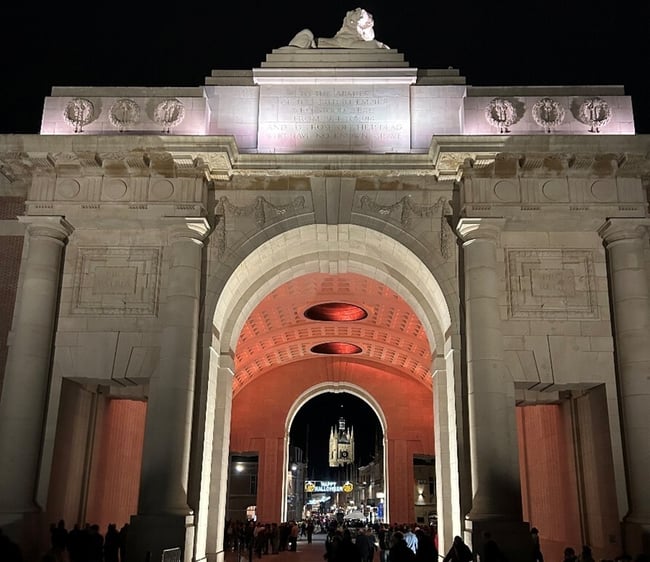
Key Takeaways
For me, the most significant learning was seeing how modern technology and design are shaping the industry across Europe. The printing and englobing technologies we encountered were particularly inspiring, and I left with ideas on how we might apply similar innovations in the UK.
Another standout observation was the technical expertise of the Plant Managers. It underscored the importance of continued investment in training and education for the next generation of leaders in our sector.
I was also struck by how many factories operated shorter production hours to allow time for cleaning and preventative maintenance. One DeBoer machine we saw was around 50 years old and still outperformed some newer models, simply because it had been well maintained. It was a powerful reminder that good maintenance is just as valuable as new investment.
Final Thoughts
This trip was far more than a factory tour. It was a chance to connect, learn, and bring back fresh ideas that could genuinely impact our work. I’m incredibly grateful to PMI for making this opportunity possible. It’s not something most of us would experience in our regular roles, and it’s left a lasting impression on how I view the future of our industry.
